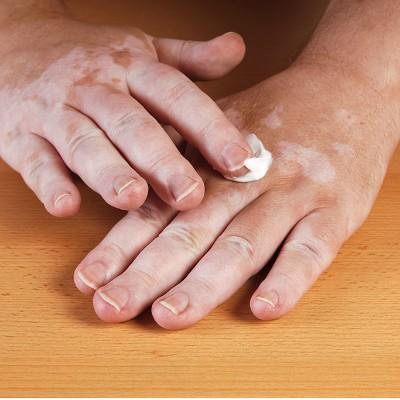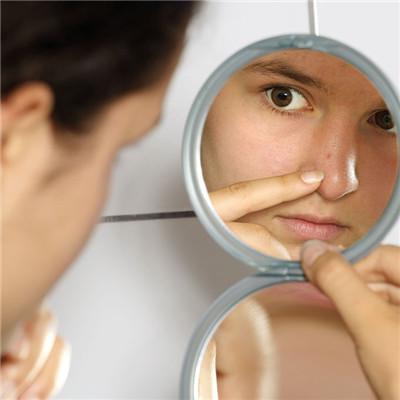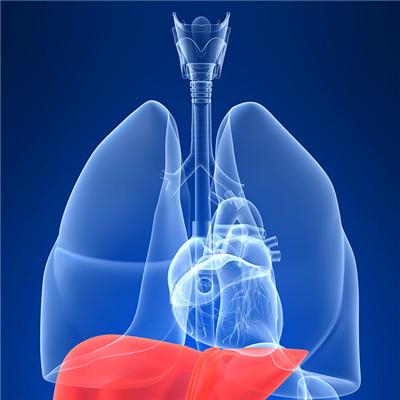Basal cell tumor symptoms?
summary
Basal cell carcinoma (BCC) is the most common eyelid malignant tumor in China. This disease brings great harm to patients, accounting for about 90% of eyelid malignant tumors and 29% of eyelid tumors. Photochemical damage is the most important pathogenic factor in the development of basal cell carcinoma and most other skin epidermal tumors. Now let's talk about the symptoms of basal cell tumor?.
Basal cell tumor symptoms?
First, the typical clinical manifestation is slow development, ulcer hard bottom curl edge, edge often with pigment, the diagnosis of typical cases is not difficult, the difficulty is that the ulcer has not yet formed in the early cases, the patients are more than 50 years old, all belong to the elderly, near the eyelid edge there are transparent nodules, nevus like, macular or papilloma like small masses, peripheral with expanded blood vessels, If there are cracks on the surface of the mass, we should be alert.

Second, the inner canthus of the lower eyelid is the predilection site. At the beginning, the lesions are usually small and slightly raised translucent nodules, flat erythema or eczema, pigmented nevus, and papilloma on the surface. There are varicose blood vessels around the periphery of the nodules, covered by scab or scales on the surface, which increase slowly, suffer damage, and prone to ulceration and bleeding, The typical manifestation is superficial ulcer with hard base, and there is a creeping edge around it, which is uneven, such as silkworm erosion. Therefore, it is called silkworm erosion ulcer. The ulcer edge becomes hard, uplifted and involuted. This is because the squamous epithelium of the skin part at the edge of the ulcer proliferates downward. Reactive fibrous tissue hyperplasia is the histological basis of ulcer hardening. This kind of cancer tissue infiltrates slowly downward, Moreover, the infiltrating cancer nests will terminate at the same level, so the ulcer is generally shallow. However, if the ulcer gradually develops to the surrounding tissue, causing extensive damage, but generally does not metastasize to the distance, damage or improper treatment can lead to the spread of the cancer, accelerate its development, expand the lesion, and lose the appearance of the ulcer, So that it is mistakenly considered as squamous cell carcinoma or melanoma. Most of the early cases have no conscious symptoms, but in the case of injury and concurrent infection, it can cause repeated bleeding and severe pain, as well as inflammatory swelling of local lymph nodes. In the case of serious development, it can damage eyelid, conjunctiva and orbital tissue, and invade paranasal sinus or intracranial.

Third: basal cell carcinoma (BCC) is the most common eyelid malignant tumor in China. About 90% of eyelid malignant tumors and 29% of eyelid tumors. Photochemical damage is the most important pathogenic factor in the development of basal cell carcinoma and most other skin epidermal tumors. Histologically, basal cell carcinoma is composed of small, regular solid lobules with basophilic cells and cytoplasmic deficiency. Most of them are near the inner canthus of the lower eyelid. At the beginning, it was a small nodule with telangiectasia on the surface. Because it is rich in pigment, it can be mistaken for pigmented nevus or melanoma, but it has high protuberance, hard texture and slow growth.

matters needing attention
The tumor is sensitive to radiotherapy, so it should be resected early before radiotherapy. Because the cancer cells usually infiltrate all around, beyond the normal edge of clinical manifestation, the scope of surgical resection should be large enough, and it is best to use frozen section to examine the edge of the resected specimen.














